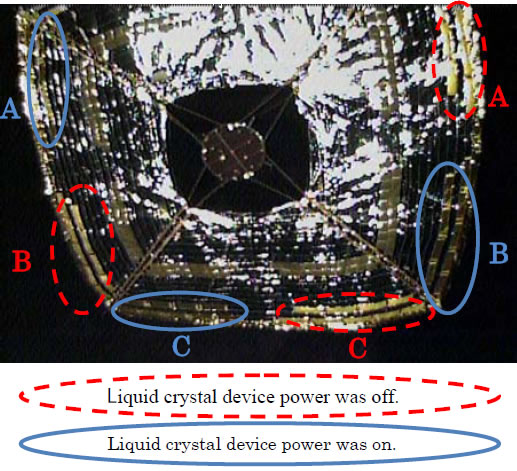Bob Hope singing “Buttons and Bows”
An evening pause: Remembered mostly today for his dedication to entertaining our American troops overseas as well as his comedy movies with Bing Crosby, Bob Hope was more than this. He had one of the quickest wits of any comic in history combined with a manner that was gentle but honest. It is a shame that few comics today can put this combination together, going instead for a kind of Don Rickles-type insult humor instead. Here is Hope (with his co-star Jane Russell) in the movie The Paleface, showing that he could sing as well. The second-half of the clip shows a not-too-interesting skit with Roy Rogers and (again) Jane Russell with all three singing the same song:
An evening pause: Remembered mostly today for his dedication to entertaining our American troops overseas as well as his comedy movies with Bing Crosby, Bob Hope was more than this. He had one of the quickest wits of any comic in history combined with a manner that was gentle but honest. It is a shame that few comics today can put this combination together, going instead for a kind of Don Rickles-type insult humor instead. Here is Hope (with his co-star Jane Russell) in the movie The Paleface, showing that he could sing as well. The second-half of the clip shows a not-too-interesting skit with Roy Rogers and (again) Jane Russell with all three singing the same song:



